Each day, we opened a window on X to reveal one of the 25 samples the rover has collected so far and learn more about martian geology.
We also asked European scientists for their favourite samples, and this is what some of them told us.
Salette
This sample is particularly exciting due to the olivine in it, thinks cosmochemist Audrey Bouvier, one of the European members of the Mars Sample Return Campaign Science Group.
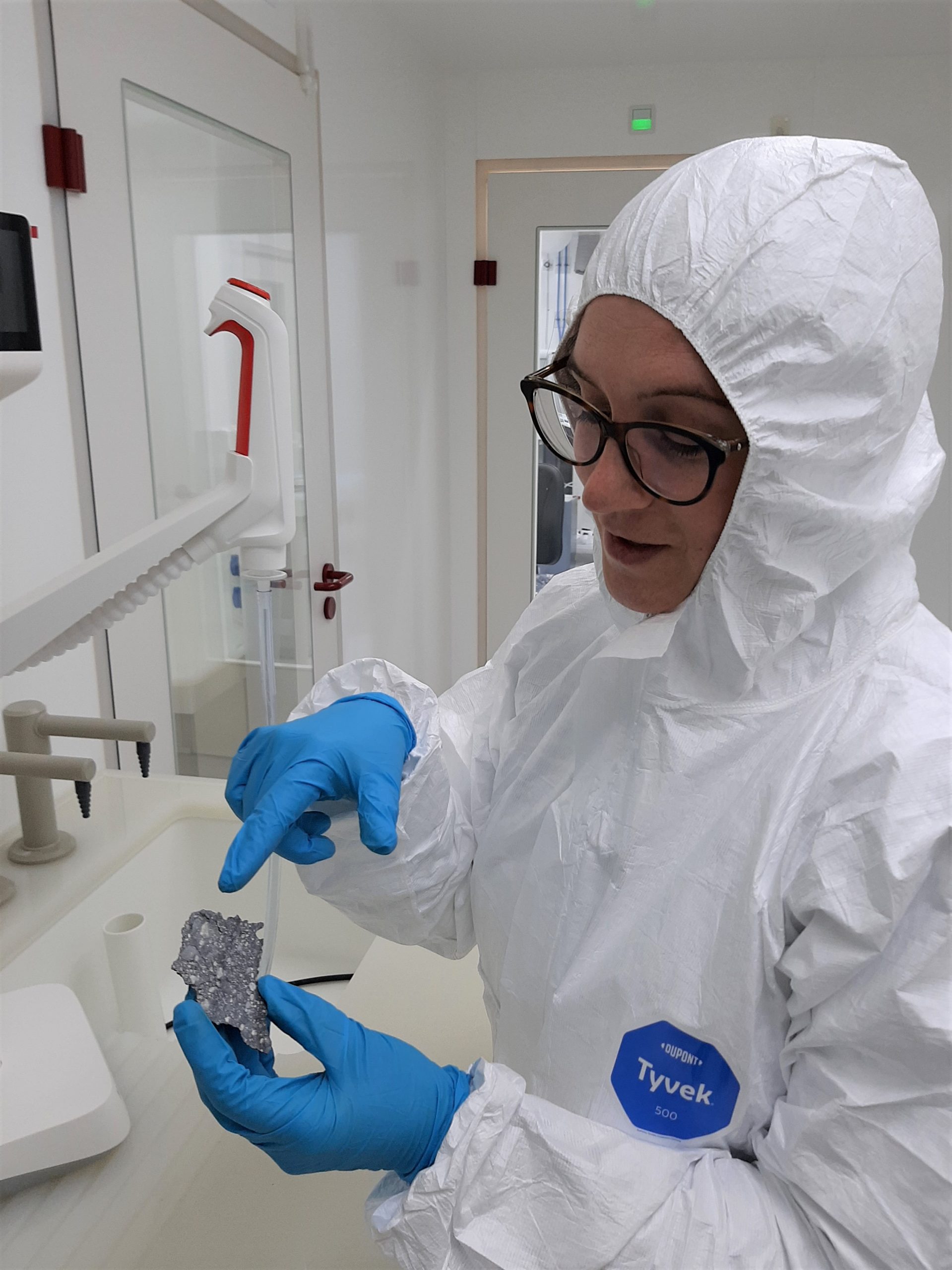
Audrey Bouvier looking at a lunar impact breccia in the cleanroom laboratories before analysis. Credits: University of Bayreuth
“This mineral can contain melt and fluid inclusions which can tell us about the composition of the magma source and big scale planetary processes,” she explains.
Olivine can also capture carbon dioxide from the atmosphere producing secondary minerals such as carbonates which would tell us about past surface conditions on Mars and the presence of water.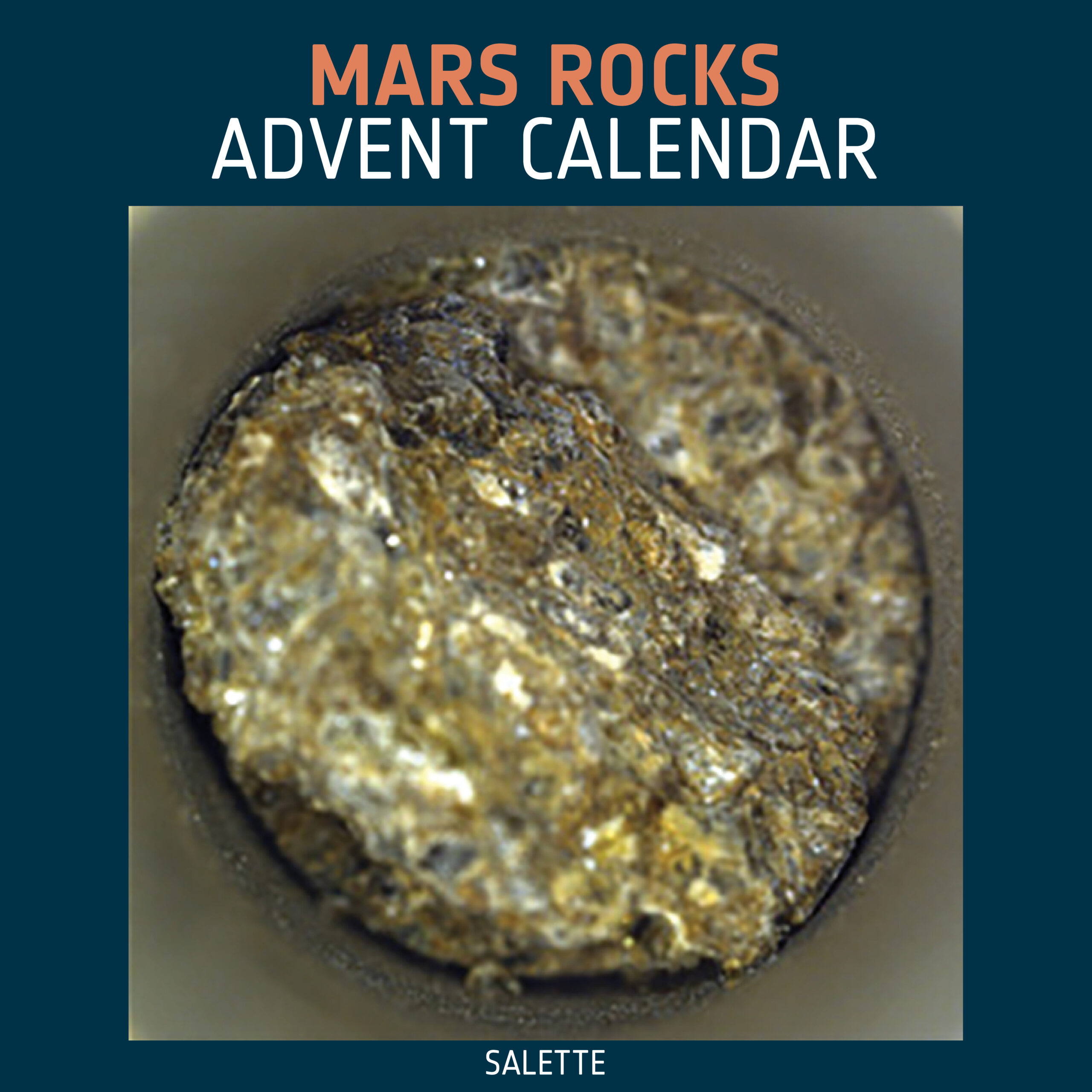 Salette rock sample. Credits: NASA/JPL-Caltech
Salette rock sample. Credits: NASA/JPL-Caltech
Swift Run
As the Perseverance rover climbed the ancient river delta, it sparked excitement for our martian Sherlock Holmes, Mark Sephton.
“The Swift Run sample, deposited by liquid water, raised the possibility of habitable conditions and sediments in which evidence of life may be entombed,” says this Professor of organic geochemistry at the Imperial College London in the UK, and one of the few European scientists participating in NASA’s Mars 2020 science team.
 Mark Sephton on a case. Credits: Imperial College London.
Mark Sephton on a case. Credits: Imperial College London.
The so-called Skyland sedimentary sample is the pair of Swift Run, and also exhibits a very strong carbonate signature, suggesting water presence in Mars’ Jezero crater.
“Skyland is part of the first depot, ensuring that the mission was already successful at an early stage,” explains Mark Sephton.
Hazeltop
If she were to choose a rock from Mars, María-Paz Zorzano would pick up one with salt in it – but not like the one in our oceans or in your food. “Hazeltop is my favourite sample so far. It shows visible salt veins that may preserve organics,” says María-Paz.
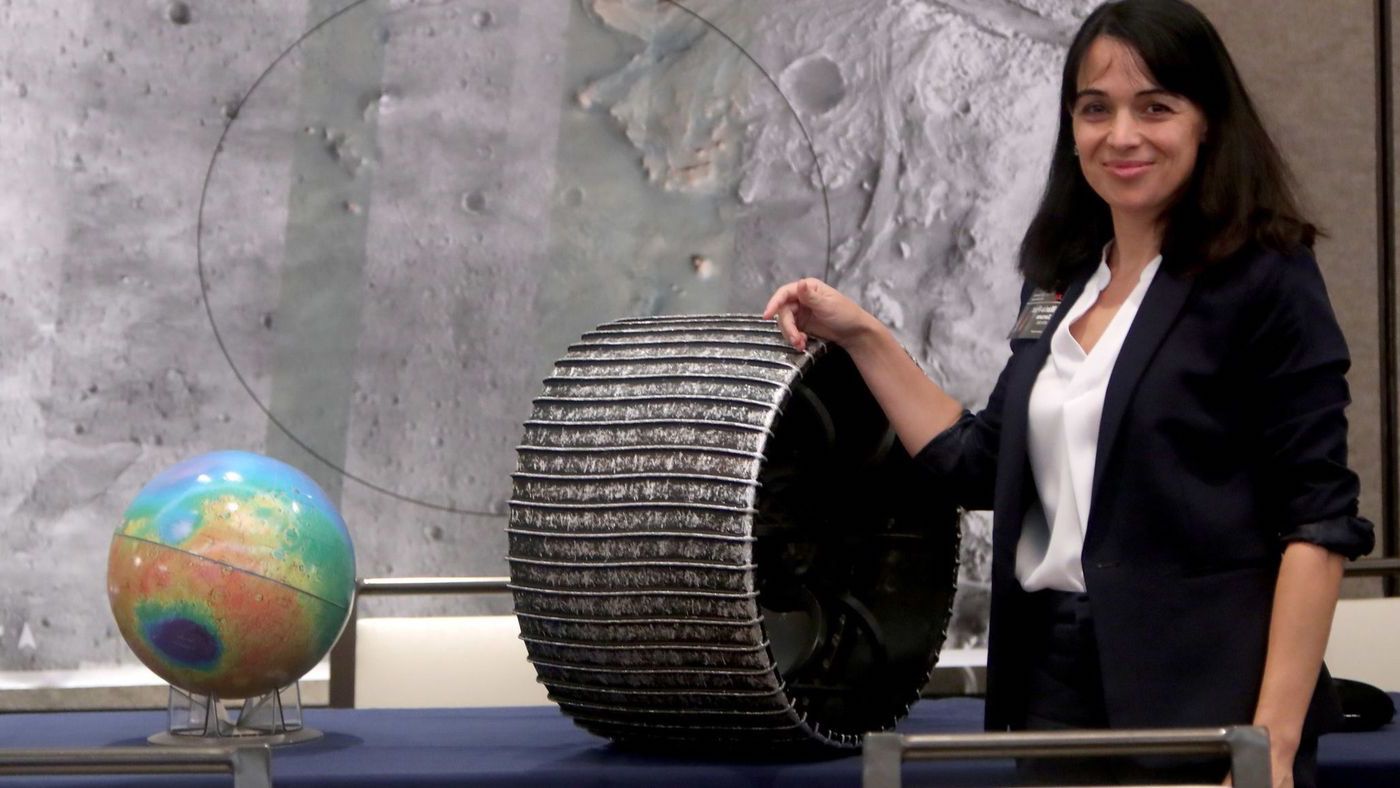
María-Paz next to a mockup of Perseverance’s wheel during a Landing Site Selection Workshop. Credits: MP Zorzano
This scientist from Spain’s Astrobiology Centre is both part of NASA’s Mars 2020 science team and the Mars Sample Return Campaign Science Group.
“The combination of small grains and the abundance of hydrated sulfate and clay minerals in Hazeltop has a high potential for encapsulating organics,” she adds.
Brines are salt solutions that can remain liquid below freezing, potentially preserving organic compounds as Mars lost its water to the atmosphere – offering a glimpse into the Red Planet’s last habitable environments.
Lefroy Bay
“Bring it to me now!” Sandra Siljeström dreams of saying the day this martian sample returns to Earth. The scientist from Sweden is one of five European members of NASA’s Mars 2020 science team.
Lefroy Bay “contains abundant microcrystalline carbonates and hydrated silica in a potential habitable environment. These minerals are excellent preservers of biosignatures – the traces of ancient life,” explains Sandra.
Sandra is a sample shepard for the Margin campaign, where this sample was collected.
Comet Geyser
“This sample has a unique mix of carbonates and silica, likely formed by through water-rock interactions,” explains Susanne Schwenzer, mineralogist and Mars Sample Return Science campaign member.
“This has the highest likelihood of conditions that potential life, if it ever had been on Mars and at Jezero Crater, could have taken advantage of,” she adds.
Comet Geyser wasn’t Susanne’s first pick, though. With her PhD on noble gases in martian meteorites, she would have loved to go back in time with our advent calendar and choose the Roubion atmospheric sample from Day 1.
Krypton and xenon helped confirm that a set of meteorites found on Earth came from Mars. “Studying noble gases is crucial for understanding the history of the martian atmosphere and its potential habitability. It is just so exciting!” she adds.
More to come
And that’s a wrap! Thanks for following our merry Mars advent calendar, rocking around the Christmas clock. European scientists are studying these gems from afar, eagerly awaiting their return to Earth’s best labs for analysis.

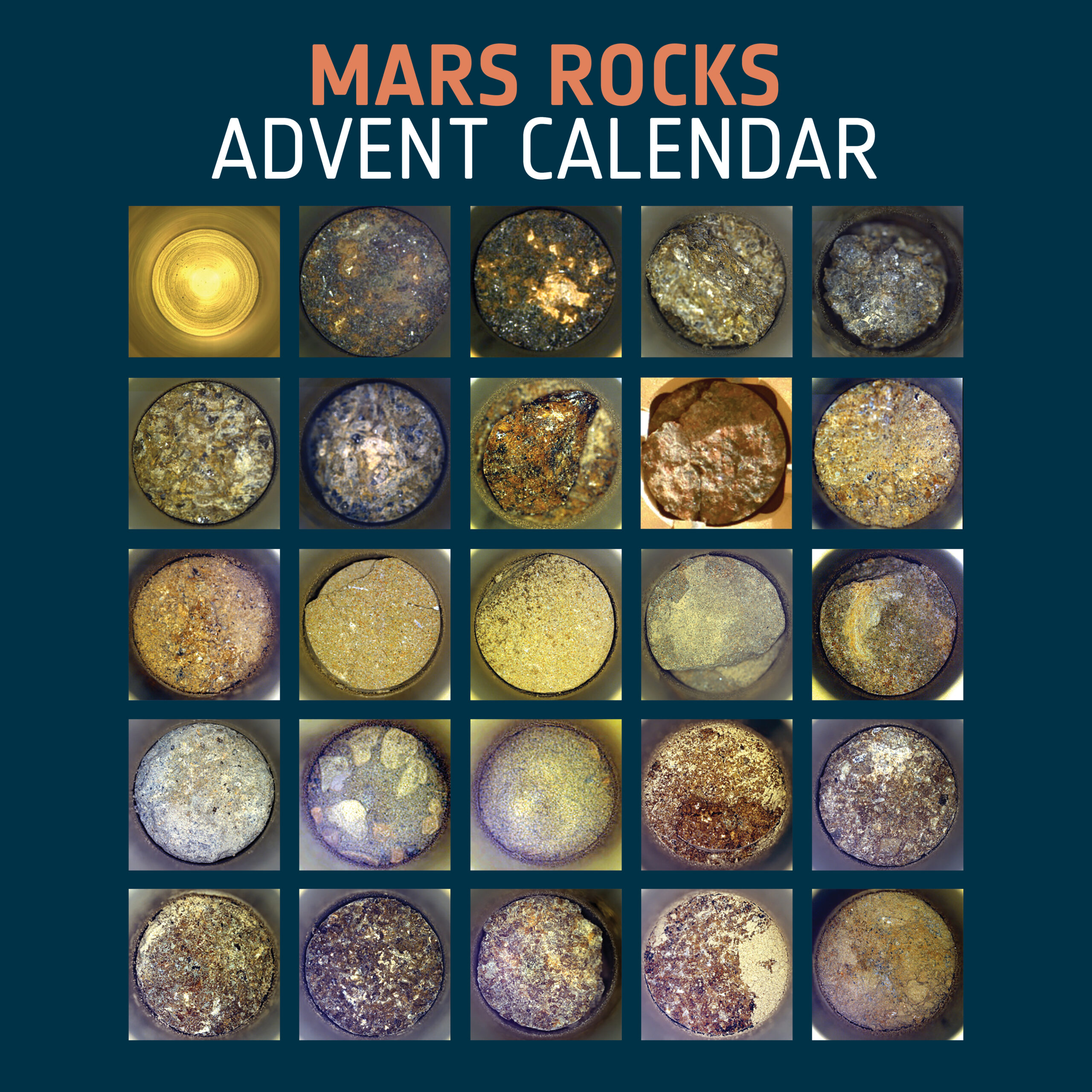
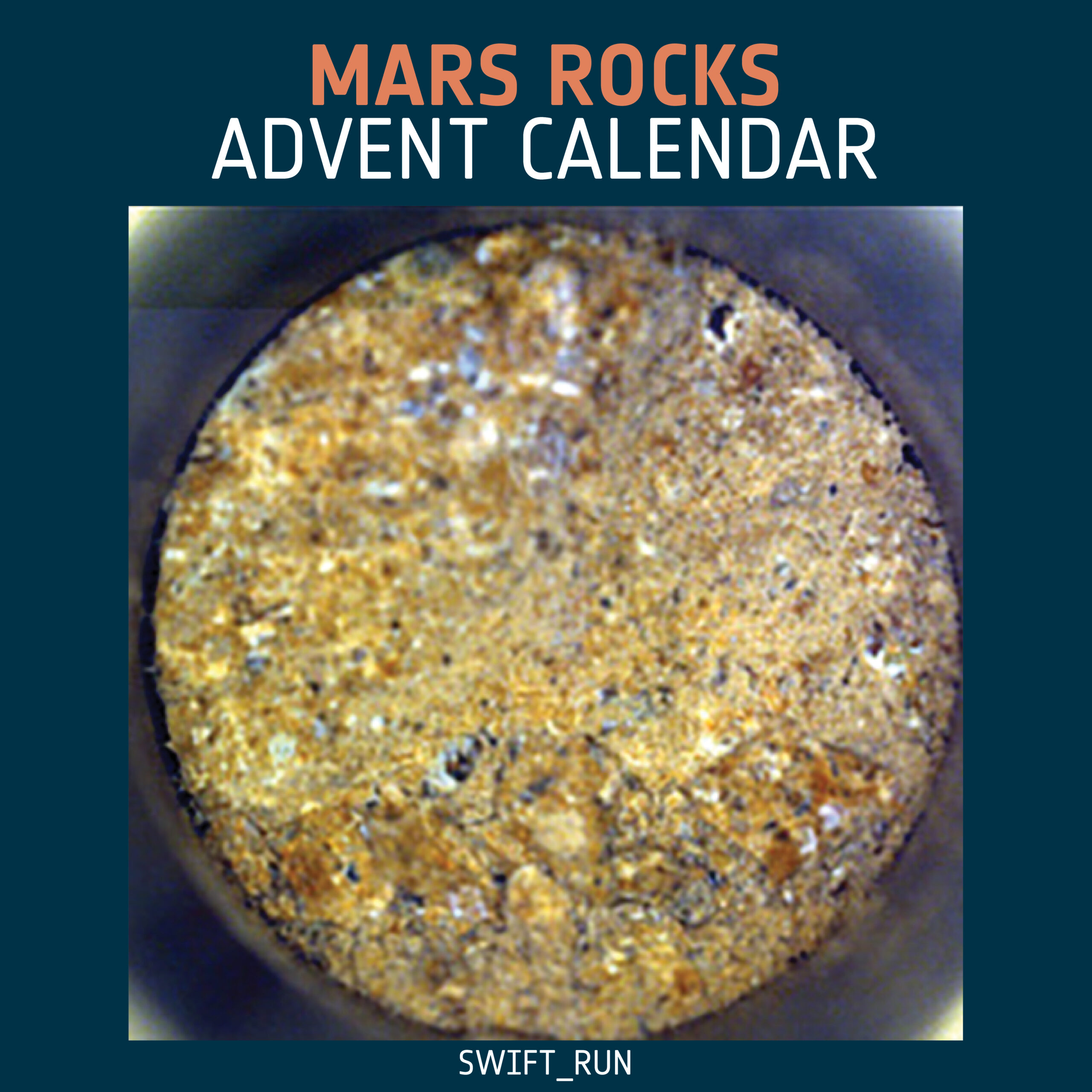
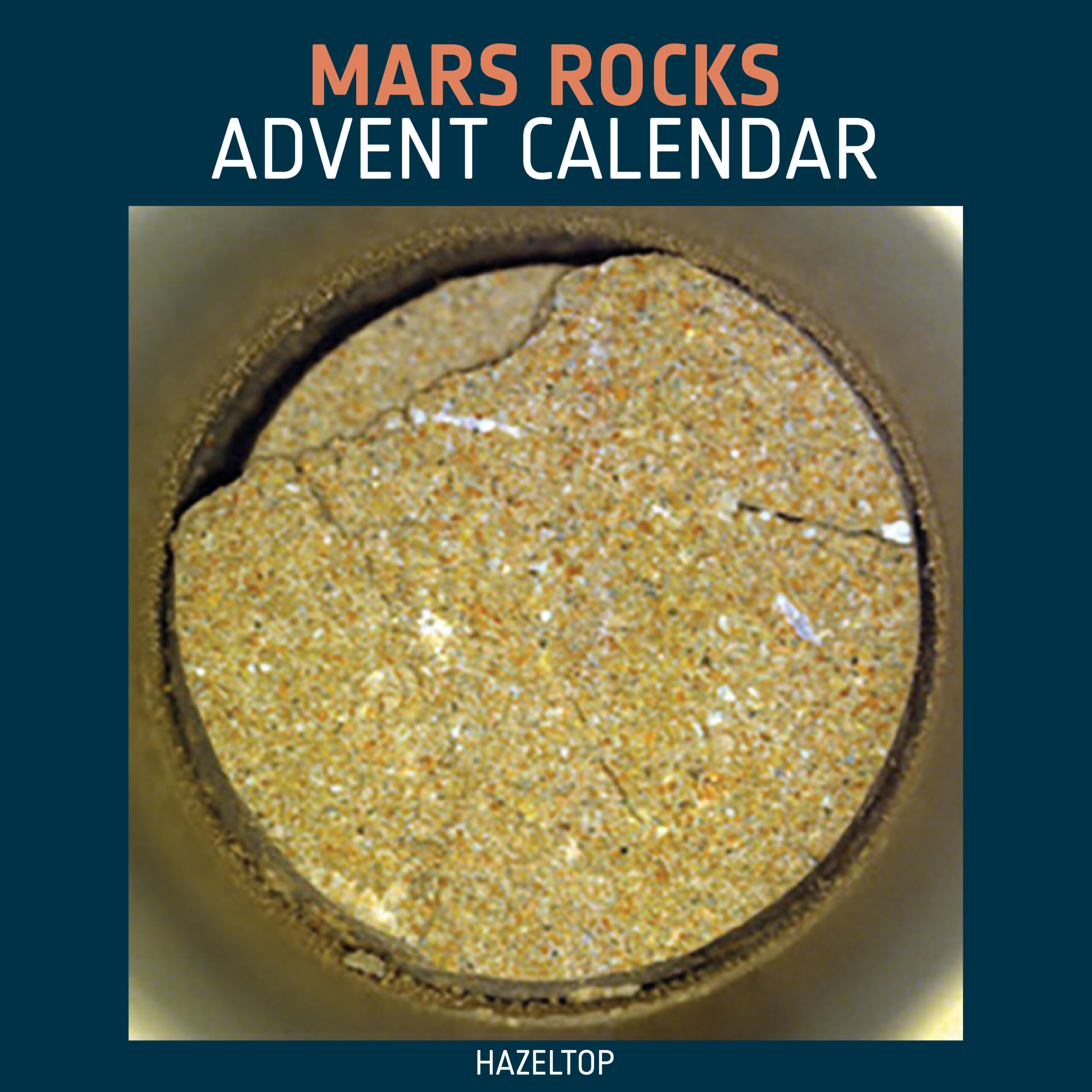
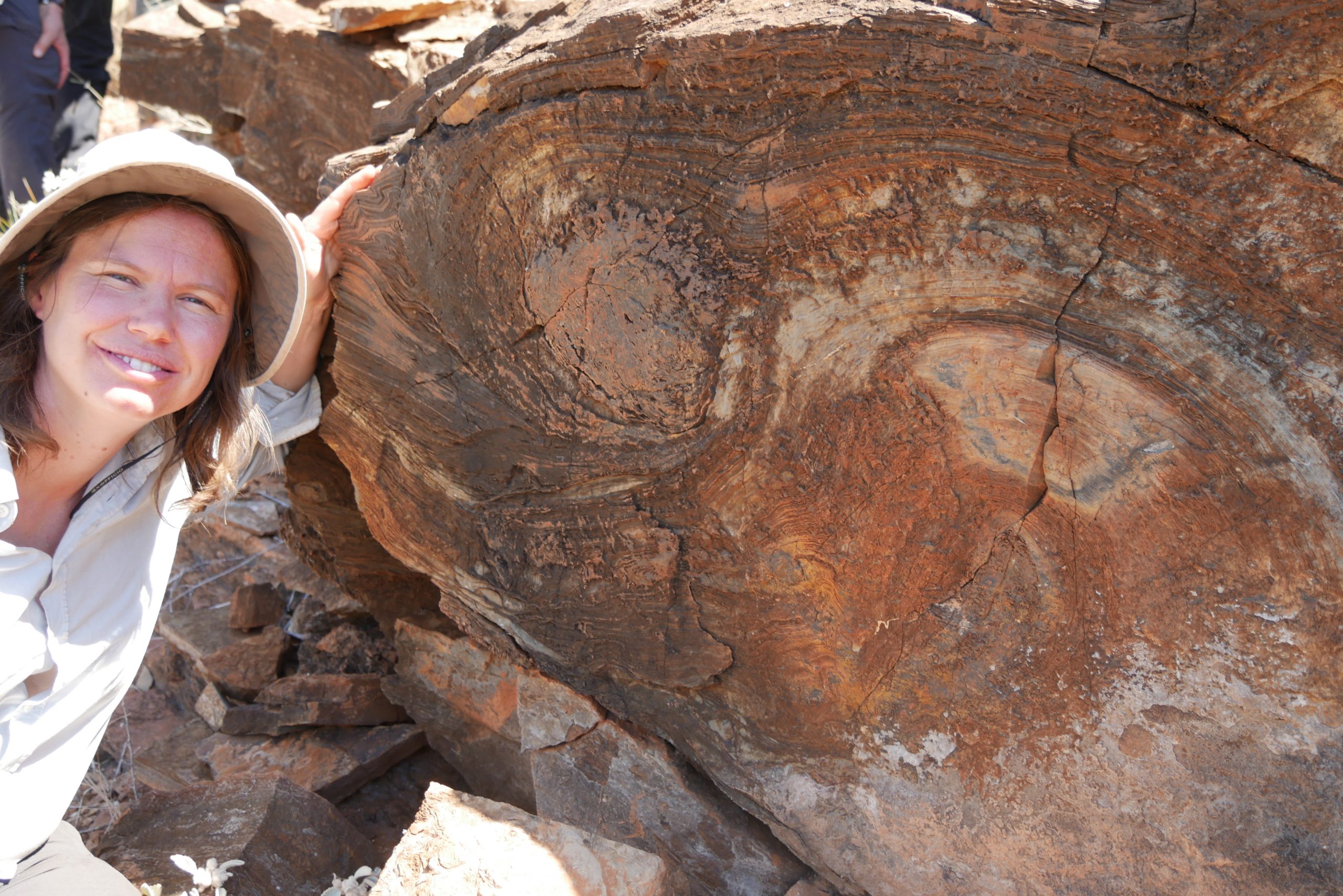
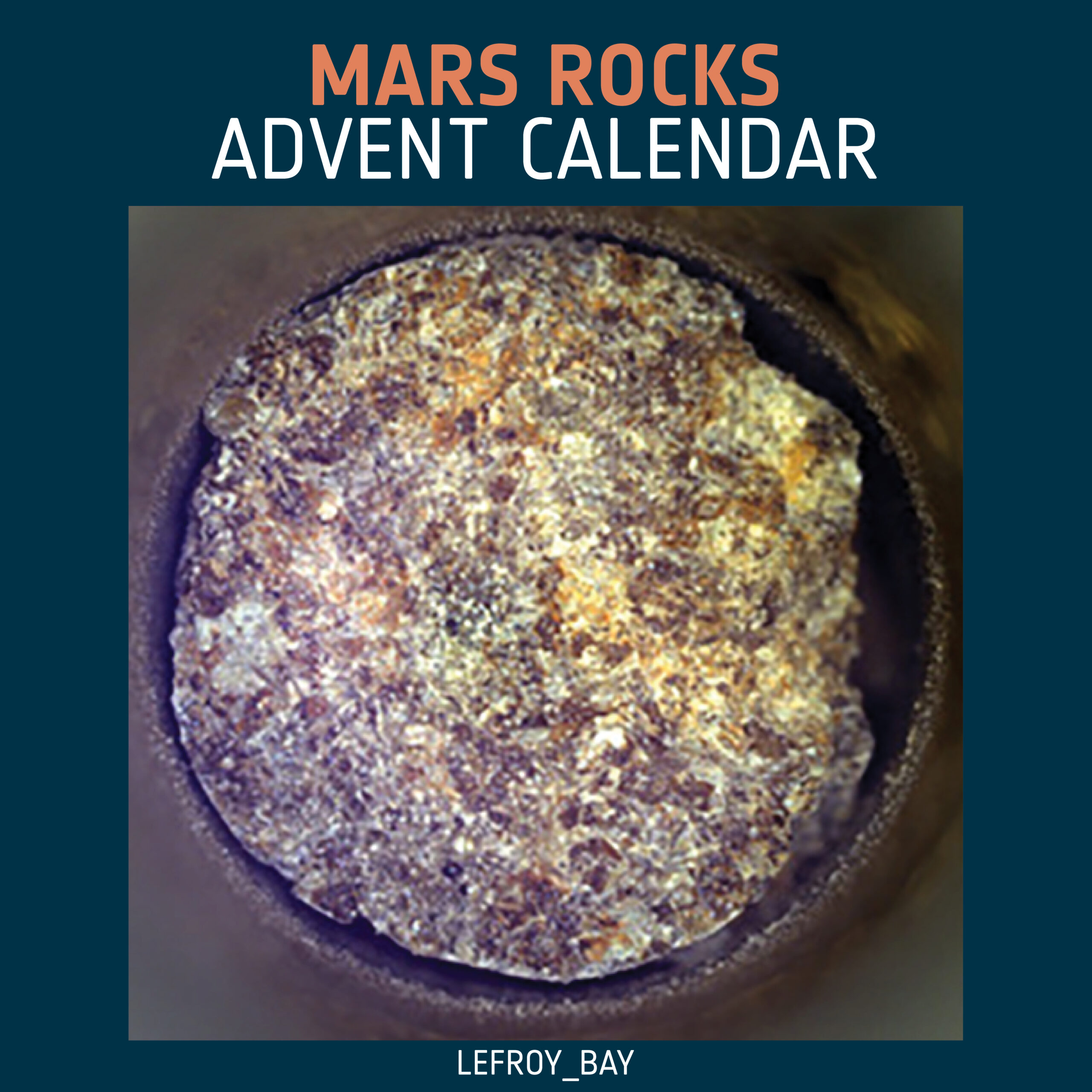
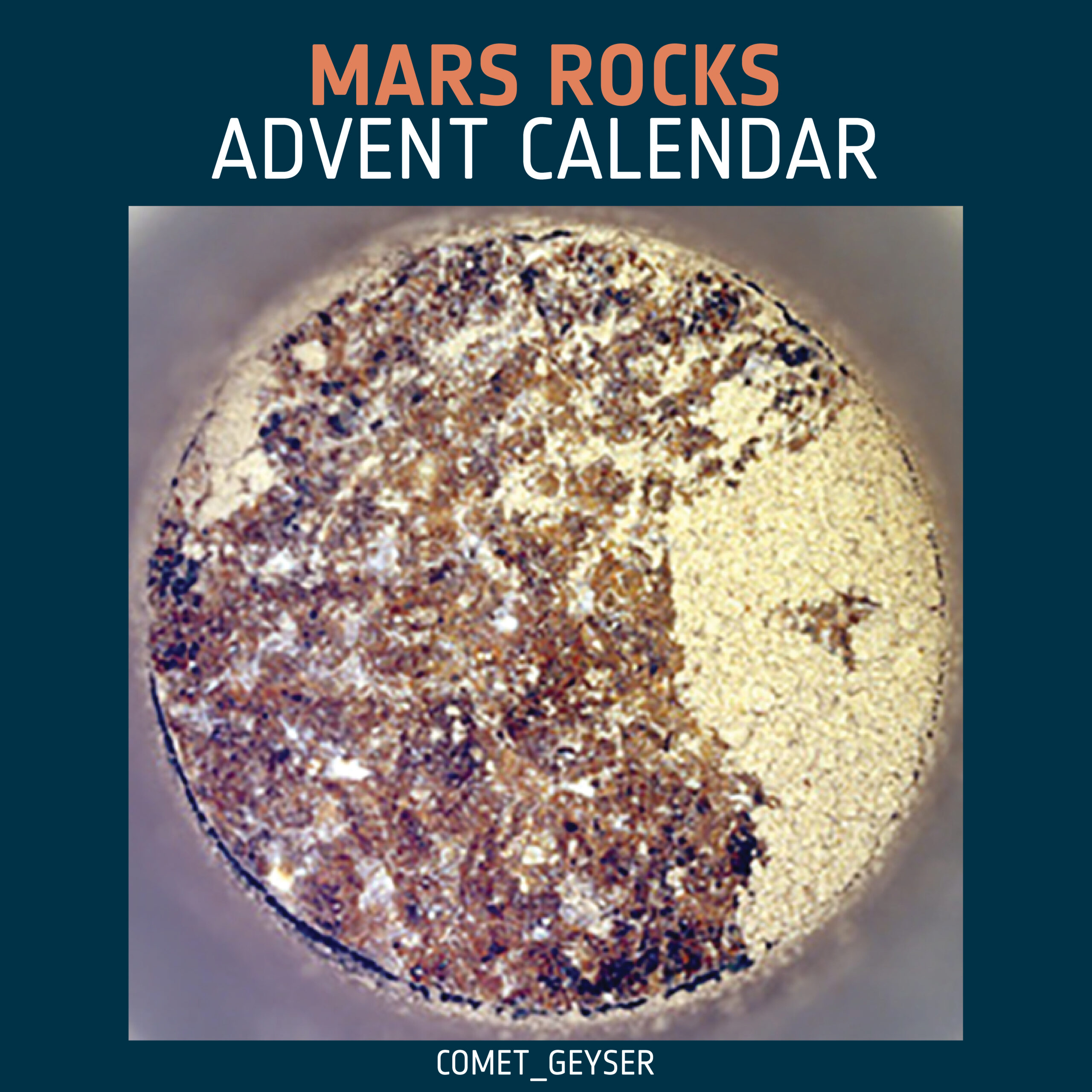
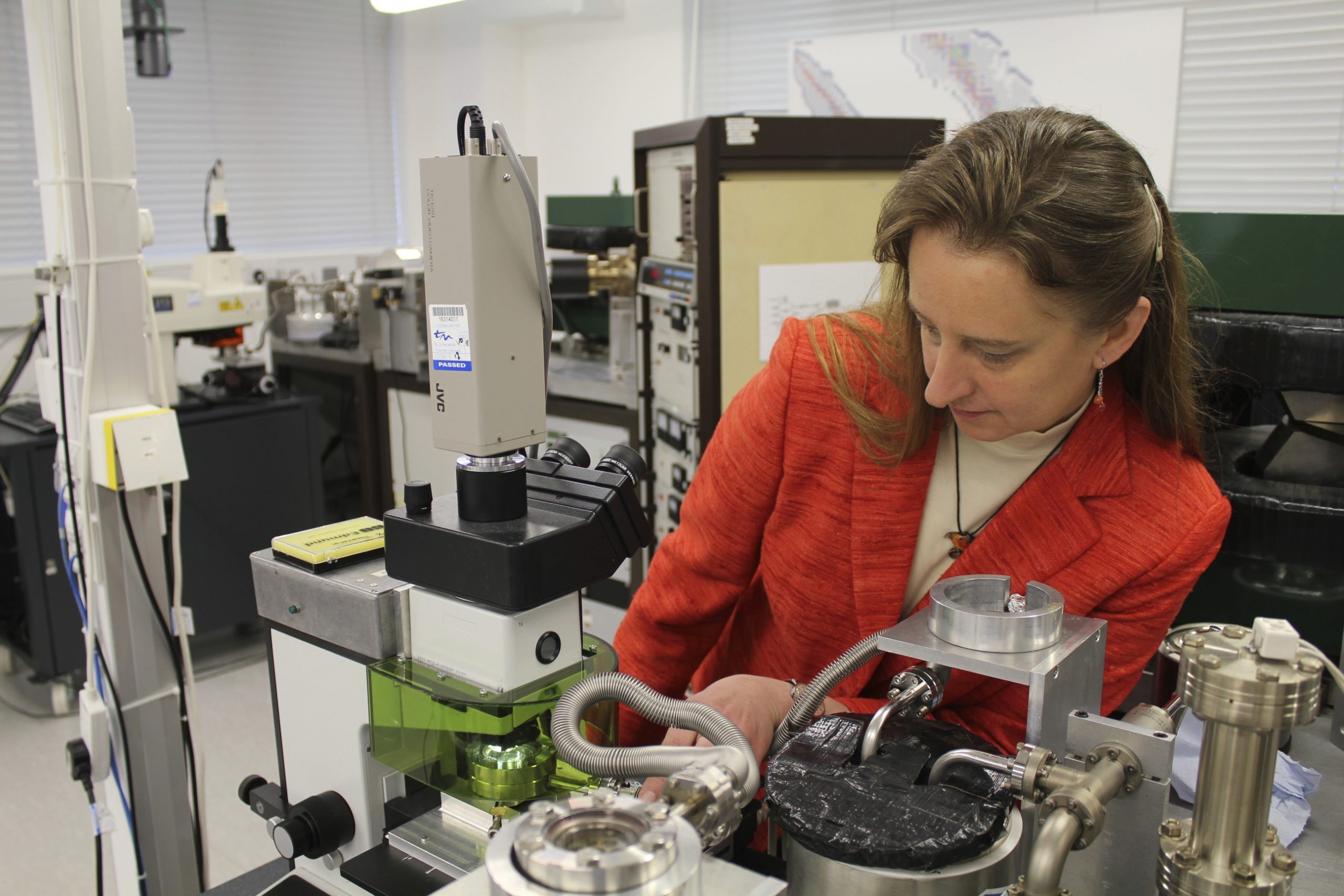
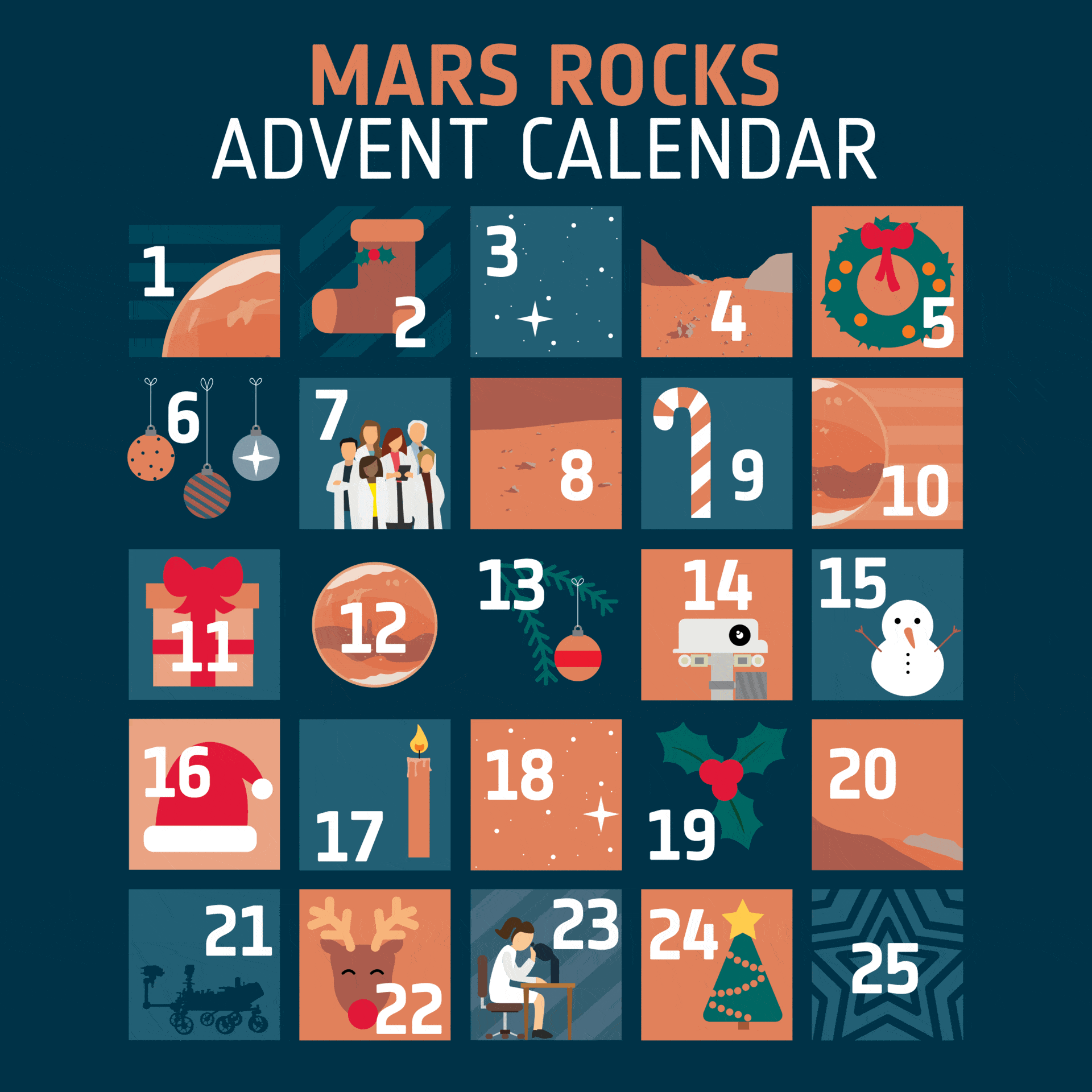
Discussion: no comments